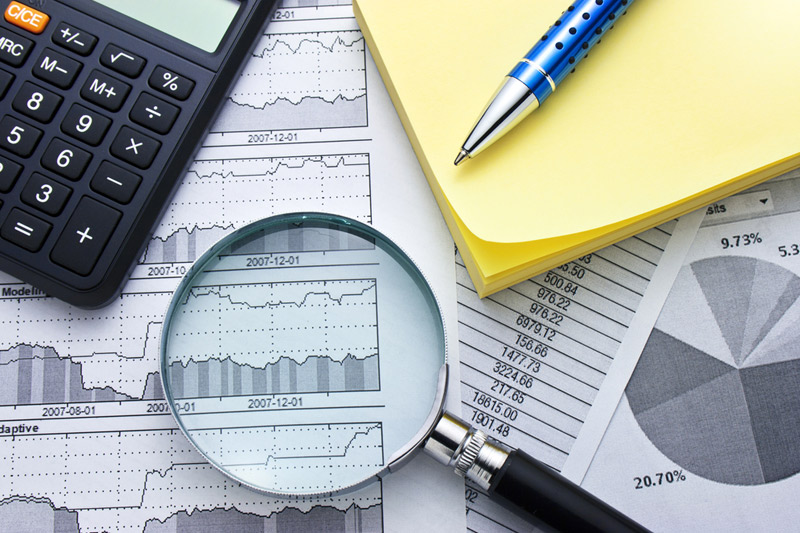Author: Sugiyama Satoshi and Kajimoto Tetsushi
TOKYO (Reuters) – Japan’s economy contracted less than initially reported from January to March as capital spending and inventory data were revised higher, providing modest support for the central bank’s plans to raise interest rates again this year.
Analysts expect Japan’s economy to bottom out in the first three months of the year, although persistent yen weakness and disruptions at major automakers’ factories continue to cloud the outlook for the current quarter.
However, Nomura Securities senior economist Kohei Okazaki said, “The revised GDP data makes it easier for the Bank of Japan (BOJ) to be encouraged about future interest rate hikes because it can assess that capital investment is picking up, even just a little.”
Data released by the Japanese Cabinet Office on Monday showed that Japan’s first-quarter GDP shrank by a revised 1.8% from the previous three months, which was smaller than the median contraction of 1.9% forecast by economists and the preliminary estimate of a 2.0% decline.
The revised figure, on a price-adjusted basis, represented a quarterly decrease of 0.5% and was the same as the initial value released last month.
interest rate hike
The revised GDP data followed speculation that the Bank of Japan may discuss cutting Japanese government bond (JGB) purchases at its policy review this week as part of efforts to ease monetary stimulus to stem the yen’s decline.
Investors are looking for clues about the timing of further interest rate hikes from the central bank, which in March raised interest rates for the first time since 2007 in a landmark shift from ultra-loose monetary policy.
Okazaki said: “We can say that capital expenditures picked up in the second half of the fiscal year ending in March 2024…The current capital expenditure situation has eased, but we must remain cautious about the outlook.”
“We can also maintain the view that consumption is recovering due to large wage increases agreed to in annual labor negotiations and income tax cuts implemented from June.”

Private consumption, which accounts for more than half of Japan’s economy, fell 0.7% in the first quarter, in line with preliminary estimates, as rising living costs squeezed household finances. This is the fourth consecutive quarter of decline.
Data show that external demand (i.e. exports minus imports) reduced GDP overall by 0.4 percentage points, while domestic demand fell by 0.1 percentage points.

